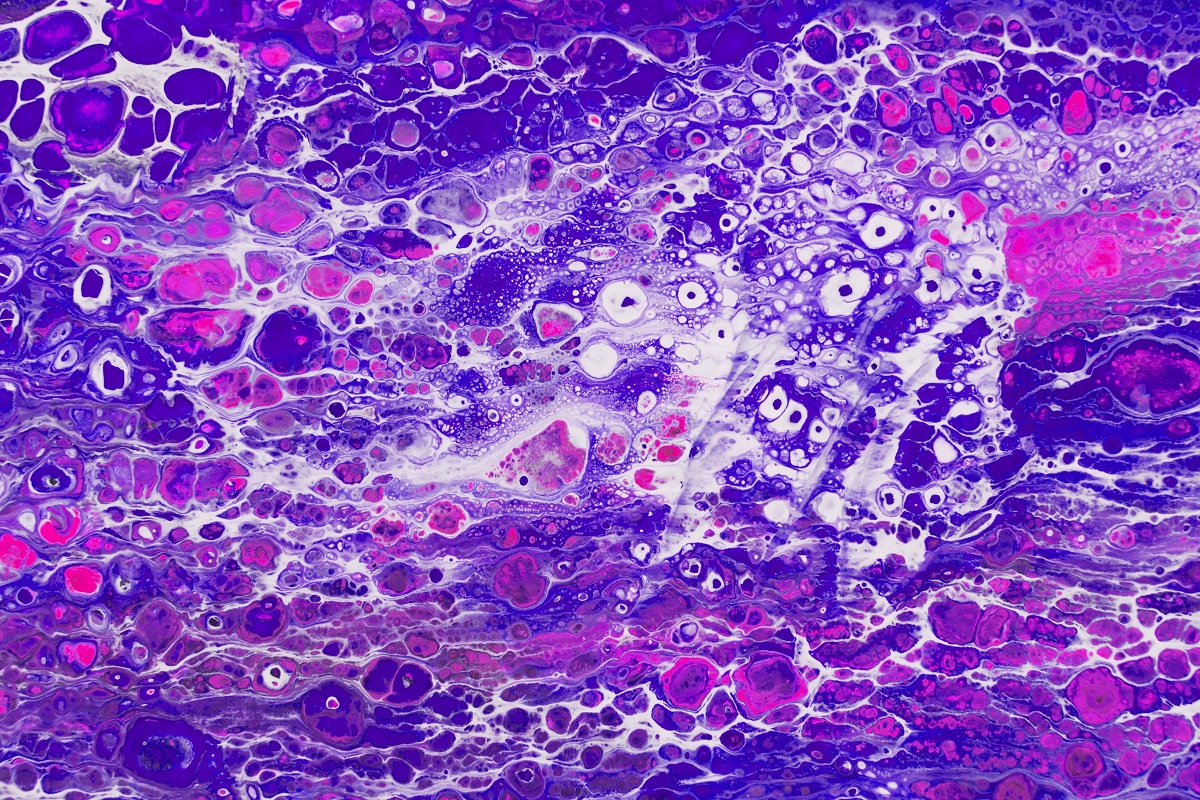KEY TAKEAWAYS
- The study aimed to create a diagnostic nomogram for VI in early-stage cervical cancer to reduce positive margins.
- The results showed diagnostic nomograms could quantify VI risk, optimize treatment, and reduce complications and costs.
With advances in cancer prevention and diagnosis, early-stage cervical cancer diagnoses have risen. Adjuvant therapies based on high-risk postoperative factors can significantly increase treatment complications and impact patients’ quality of life.
Ning Xie and the team aimed to develop a diagnostic nomogram for vaginal invasion in early-stage cervical cancer to reduce positive or close surgical margins.
The study gathered medical data from early-stage cervical cancer patients between January 2013 and December 2021. Data included demographics, lab tests, MRI features, physical exams, and pathological outcomes. Univariate and multivariate logistic regression analyses were used to identify diagnostic variables for vaginal invasion in the training set. Statistically significant factors were then used to develop an integrated nomogram.
In this retrospective study, 540 patients with cervical cancer were randomly divided into training and validation cohorts in a 7:3 ratio. Multivariate logistic analyses identified age (odds ratio [OR] = 2.41, 95% CI, 1.29-4.50, P= 0.006), prognostic nutritional index (OR = 0.18, 95% CI, 0.04-0.77, P= 0.021), histological type (OR = 0.28, 95% CI, 0.08-0.94, P= 0.039), and vaginal invasion (VI) based on physical examination (OR = 3.12, 95% CI, 1.52-6.45, P= 0.002) as independent diagnostic factors for VI.
The diagnostic nomogram demonstrated strong predictive ability for VI in both the training (area under the receiver operating characteristic curve [AUC] = 0.76, 95% CI: 0.70-0.82) and validation (AUC= 0.70, 95% CI: 0.58-0.83) cohorts. Calibration curves, decision curve analysis, and confusion matrix confirmed its robust prediction power.
The study found that diagnostic nomograms could help gynecologists assess individual preoperative vaginal invasion risk, optimize treatment options, and reduce complications and economic burden associated with multimodal treatments.
This work was supported by the Major Scientific Research Program for Young and Middle-aged Health Professionals of Fujian Province, China (Grant No. 2022ZQNZD008) and the High-level Talents Training Project of Fujian Cancer Hospital (2022YNG04).
Source: https://pubmed.ncbi.nlm.nih.gov/39171582/
Xie N, Lin J, Yu H, et al. (2024). “A Diagnostic Nomogram Incorporating Prognostic Nutritional Index for Predicting Vaginal Invasion in Stage IB – IIA Cervical Cancer.” Cancer Control. 2024;31:10732748241278479. doi:10.1177/10732748241278479



